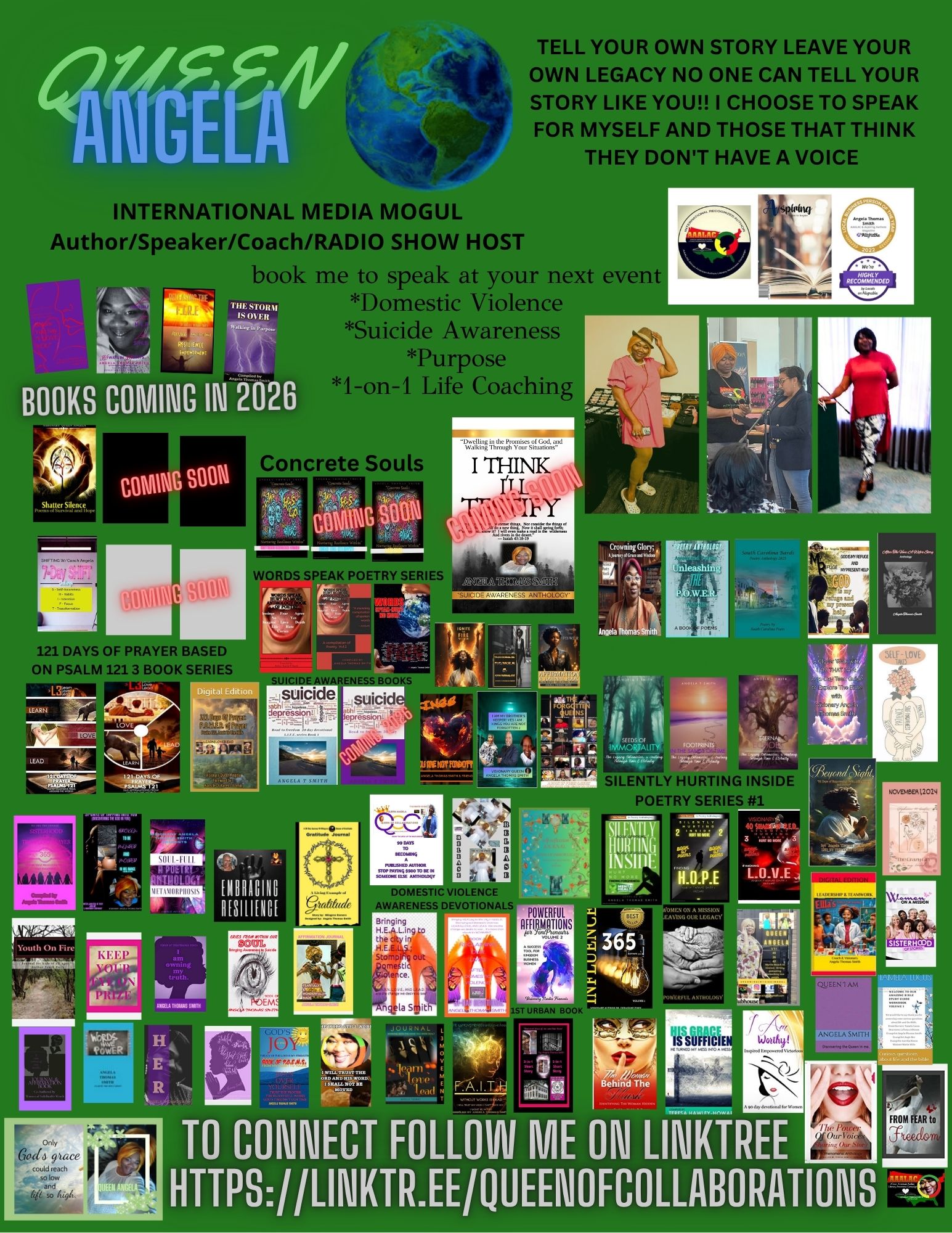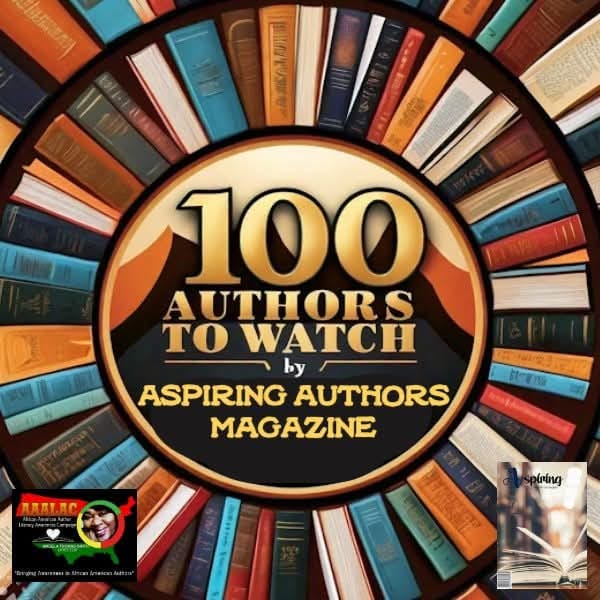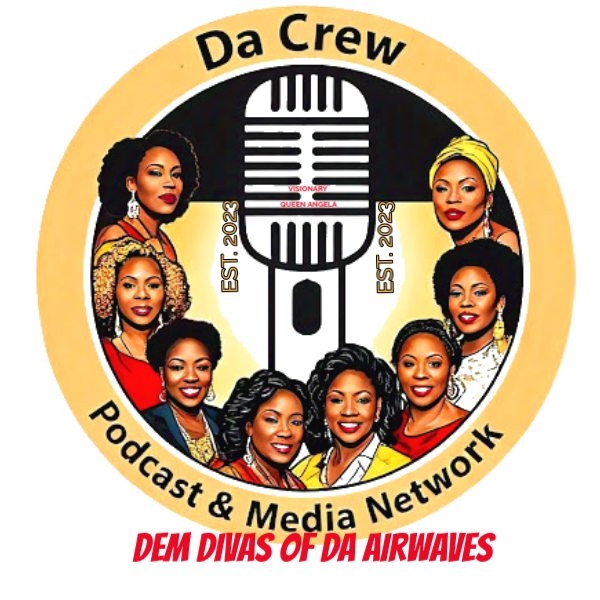We were lucky to catch up with Angela Thomas-Smith recently and have shared our conversation below.
Angela, appreciate you joining us today. It’s always helpful to hear about times when someone’s had to take a risk – how did they think through the decision, why did they take the risk, and what ended up happening. We’d love to hear about a risk you’ve taken.
The last time I paid someone to “handle it,” I sat staring at the invoice like it was a fine for my own hesitation. The work wasn’t terrible, but it wasn’t me. The deadlines slid. The details were off. And worst of all, my vision—my umbrella of ideas, services, and projects—kept getting diluted in translation. I had hired people with the right titles and the right degrees, thinking that meant they automatically knew better. Meanwhile, I was paying for work that didn’t reflect my voice and didn’t move my dreams forward.
For a while, outsourcing felt like the responsible choice. I told myself I was “staying in my lane,” focusing on the parts I felt qualified to do, letting “experts” do the rest. But the costs piled up—money, yes, but also momentum and confidence. I found myself rewriting copy I had already paid for, re-explaining my brand, apologizing to clients for missed tweaks and miscommunications. It wasn’t that the people I hired were bad; they just weren’t as invested in my vision as I was. How could they be? It wasn’t theirs.
The breaking point was quiet. No big meltdown, no dramatic email. Just me, late at night, surrounded by half-finished drafts and half-kept promises to myself, realizing I was waiting for someone else to give me permission to build what I could already see. I heard all the old voices in my head—the ones that say, You need a certificate for that. You need years of experience. Who are you to try? And then another voice cut through: Who am I not to?
That night I made a bet on me. I decided I would stop letting degrees and titles be gatekeepers to my own growth. Not because expertise doesn’t matter—it does—but because ownership matters more. I set a timeframe and a plan: for ninety days, I would bring the key pieces of my umbrella in-house. I would learn what I didn’t know, ask questions without shame, and rebuild the parts that weren’t working.
The first weeks were humbling. My initial attempts were messy. I watched tutorials, took notes, and made a thousand tiny mistakes. I rebuilt my website and rewrote my messaging so it sounded like a real person—me—was speaking. I learned enough design to make my visuals clean and consistent. I created a simple system for managing projects so deadlines weren’t a suggestion. I reached out to people I trusted—not for them to take it over, but to give me feedback I could use. Every piece I touched felt like I was reclaiming a bit of my own voice.
The risk wasn’t just about learning new skills. It was about stepping outside the narrative that says you need someone else to validate your dreams. It was about the fear of being seen trying. What if I proved I wasn’t good enough? What if I wasted time and ended up hiring people anyway? Those questions didn’t disappear; I just decided they wouldn’t make my decisions for me.
Slowly, results started to show. The brand felt cohesive. The messaging sounded like I actually talk. People noticed the difference—clients, collaborators, even friends who had watched me struggle to explain what I do under my umbrella. The turnaround times improved because I wasn’t waiting on emails or approvals that were never coming. I started saying no to projects that didn’t fit, because I finally had clarity about what did. And when I did bring in help, it was different: I wasn’t handing over the wheel; I was inviting people into a car already moving in the right direction.
The financial shift mattered too. Instead of pouring money into fixes and re-dos, I invested in tools, training, and the kind of strategic support that multiplies effort rather than masking confusion. I learned where I truly needed outside expertise and where I had simply been outsourcing my courage.
How did it turn out? My umbrella feels like mine now. The work is sharper, the systems are simpler, and the vision is clearer. I didn’t become an overnight expert in everything, and I don’t pretend to be. But I did become the person responsible for the heartbeat of what I’m building. That changed everything.
The biggest lesson wasn’t about design or copy or operations—it was about permission. I stopped waiting for someone to tell me I was qualified to build what only I could see. That’s the risk I took: not walking away from something, but walking toward myself. And while the path is still unfolding, I trust my steps now. I know how to learn. I know how to ask for help without handing over my vision. I know that the most expensive thing I can outsource is my belief in my own capacity.
If there’s a title for this story, it’s simple: I bet on me. And I’m still collecting the returns.


As always, we appreciate you sharing your insights and we’ve got a few more questions for you, but before we get to all of that can you take a minute to introduce yourself and give our readers some of your back background and context?
I’m Visionary Queen Angela Thomas Smith—a builder, storyteller, and strategist who helps vision-driven people turn ideas into impact. My path into this work wasn’t linear or traditional. I started with a head full of concepts and a heart for service, hiring “experts” with impressive titles to execute what I could see so clearly in my mind. The results were often expensive and off-brand. So I made a decision: stop outsourcing my vision. I taught myself the parts I didn’t know, refined the parts I did, and built an umbrella that could cover everything I create—and now, everything I help others create.
What I do and who I serve
I partner with purpose-led founders, authors, creatives, and community organizations who want clarity, visibility, and systems that actually fit their season.
I work best with people who have a story, a solution, or a mission—and need a trusted guide to bring it to life with structure and soul.
Products, services, and creative works
Strategy and coaching: brand positioning, audience clarity, offers and productization, go-to-market planning, and 90-day execution sprints.
Content and publishing support: message development, book/project planning, self-publishing guidance, and content calendars that build consistent visibility.
Creative direction: simple, clean visual identity systems; brand kits; website refreshes that communicate value without the fluff.
Media and community: interviews, features, and live conversations that amplify clients’ work and connect them with aligned partners and audiences.
Workshops and speaking: practical, mindset-meets-execution sessions on clarity, consistency, and building platforms that last.
The problems I solve
Clarity: translating a big vision into a clear message, a focused audience, and a simple roadmap.
Consistency: building systems that make it easier to show up—content, operations, and follow-through.
Capacity: right-sized tools and workflows that save time and reduce overwhelm.
Credibility: cohesive branding and storytelling that reflect who you are and why your work matters.
Conversion: aligning offers with real needs so your visibility leads to results, not just noise.
What sets me apart
I’m a builder and a teacher. I don’t just hand you deliverables; I transfer knowledge so you can sustain momentum without me.
Whole-vision approach. I connect your brand, your operations, and your voice so everything works together—not in silos.
Do-it-with-you model. We co-create. You keep ownership of your voice and your process while gaining expert structure and accountability.
Practical over performative. No busywork, no jargon. Just clear steps, honest feedback, and solutions that match your resources.
Heart and standards. I lead with empathy and deliver with excellence. Both matter.
How I got here
I stepped into this lane by necessity. When I stopped letting degrees and titles gatekeep my dreams, I discovered I was already doing the work: shaping messages, building systems, creating platforms, and helping others do the same. People began asking how I brought order to big ideas and made them real. What started as fixing my own bottlenecks became a blueprint I now share with clients.
What I’m most proud of
Turning a personal leap of faith into a replicable process that helps others move from stuck to seen.
Building a community where everyday visionaries feel safe to learn, launch, and lead without pretending to be perfect.
Watching clients find their voice, package their value, and step into rooms they once thought were closed to them.
What I want potential clients and supporters to know
Your voice is your advantage. My job is to protect it, sharpen it, and put it to work.
You don’t need to have it all figured out to begin. You just need a first step—and a partner who respects your vision.
We will measure what matters. Not vanity metrics—meaningful impact, aligned opportunities, and steady growth.
I’m accessible and transparent. Clear scopes, fair pricing options, and honest timelines.
This brand is about empowerment. I’m here to build with you, not perform in front of you.
Ways to connect
Work with me: strategy intensives, 90-day build sprints, or ongoing advisory.
Learn with me: workshops, speaking, and behind-the-scenes breakdowns of what really works.
Grow with the community: interviews, features, and collaborations that amplify your work.
At the end of the day, my promise is simple: I help you bring your vision into focus, then into form—without losing your voice in the process. If that resonates, I’d love to connect.
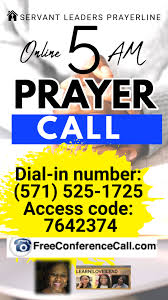

Let’s talk about resilience next – do you have a story you can share with us?
A few days before a community summit I was hosting—something I’d been building toward for months—I got the call no organizer wants: the venue had flooded. Power was out, insurance adjusters were on-site, and there was no way we could use the space. We had speakers booked, sponsors lined up, and a room full of entrepreneurs counting on us. For about fifteen minutes, I sat in my car and let the panic run through me. Then I took a breath and did what I’ve learned to do when the plan breaks: I built a new one.
I started with the non-negotiables: keep people safe, protect relationships, and still deliver real value. That meant the in-person dream had to go. I called the team together and we made a 72-hour pivot to a live, interactive virtual summit. We re-wrote the run-of-show, turned keynotes into conversations, and trimmed anything that didn’t serve the heart of the event.
Communication came next. I drafted one clear message for attendees, speakers, and sponsors—what happened, what we were doing, and how we’d make this right. Everyone got options: full refund, transfer to the virtual event, or a credit for our next in-person gathering. Sponsors received added visibility and a follow-up feature to honor their commitment. No spin, no fluff—just transparency and solutions.
Then we built the tech and the experience. We turned a small office into a studio with borrowed lights and backup Wi‑Fi. We scheduled two full rehearsals to test slides, mics, and transitions. We created a digital resource hub with speaker notes, templates, and a “play it forward” directory so attendees could connect after the event. I assigned roles—chat host, timekeeper, tech support—so no one had to do everything.
On the day of the summit, it wasn’t flawless. A mic cut out. Someone’s screen froze. We had to swap a session order on the fly. But the chat was buzzing, speakers showed up with heart, and people stayed engaged from start to finish. Attendance topped our original registration because folks who couldn’t travel could now join. Sponsors told us they felt seen. The next week, we converted the resource hub into an ongoing community space and used sponsor credits to seed future scholarships.
What I’m proud of isn’t that we “pulled it off.” It’s how we did it: with honesty, calm, and care for the people involved. We didn’t pretend the setback didn’t matter. We acknowledged it, adapted, and still delivered on the promise.
That week taught me a simple definition of resilience: purpose plus flexibility plus community. Purpose kept me from spiraling—why we were gathering didn’t change just because the room did. Flexibility let us cut the nice-to-have and protect the must-have. Community—team, partners, attendees—turned a crisis into a collaboration.
Since then, I’ve kept a pivot kit ready: clear comms templates, a backup run-of-show, and a short list of trusted helpers. More importantly, I carry the reminder that I can lead through turbulence without losing my voice or my standards. That’s what I bring to my clients and my community: when things break, I don’t just react—I rebuild with intention.
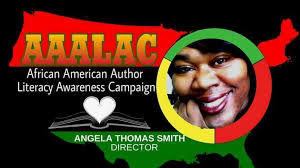

Is there a particular goal or mission driving your creative journey?
Yes—my creative journey is driven by purpose and a commitment to be the change I want to see in the world. For me, creativity is not just expression; it’s a vehicle for healing, equity, and opportunity. I create to open doors, amplify voices, and build platforms that outlast trends.
My mission in one line
• To turn vision into visible impact by equipping everyday leaders to tell their stories, build sustainable platforms, and circulate resources back into their communities.
What “being the change” looks like in practice
• Voice: I center under-heard stories—especially Black and brown voices—and protect the integrity of how those stories are told.
• Access: I design programs with sliding-scale options, scholarships, and free learning pathways so cost isn’t a barrier to growth.
• Equity: I pay collaborators fairly, credit labor openly, and choose partners who align with justice and transparency.
• Capacity-building: I don’t just deliver; I teach. Clients leave with tools, systems, and confidence to sustain momentum.
• Community-first: I prioritize collaborations that multiply impact—linking authors, entrepreneurs, and organizers so we grow together.
The change I’m working toward
• More representation in media, publishing, and leadership rooms—and better support once people are in them.
• Practical pathways from idea to income for purpose-led creatives and founders.
• Storytelling used as a force for dignity, connection, and community problem-solving.
How I carry the mission through my work
• Strategy and storytelling: helping clients clarify their message, package their value, and launch offerings that serve real needs.
• Publishing and platforms: coaching authors and creators to self-publish and distribute on their own terms.
• Events and media: conversations, showcases, and features that give visibility to community builders and culture shapers.
• Education: workshops and resources that make brand building, operations, and content consistent and doable.
What I’m most proud of
• Building a do-it-with-you model that keeps the creator’s voice at the center.
• Watching clients step from invisible to undeniable—without compromising who they are.
• Turning my own leap of faith into a blueprint others can follow.
At the smallest reachable distance—how I email, invoice, attribute credit, and hold space—I practice the future I’m advocating for. I’m Visionary Queen Angela Thomas Smith, and my promise is simple: I will keep creating work that moves people from possibility to proof, so our communities see and feel the change we say we believe in.
Contact Info:
- Website: https://www.angelathomassmithbooks.com
- Instagram: https://www.instagram.com/dacrewpodcast23/
- Facebook: https://www.facebook.com/DaCrewPodcast/
- Linkedin: https://www.linkedin.com/in/founderofaspiringauthorsmagazine/
- Twitter: https://x.com/AAALACAuthors
- Youtube: https://www.youtube.com/@DaCrewPodcast2023
- Other: www.linktr.ee/dacrewpodcast23
www.linktr.ee/queenofcollabvorations
